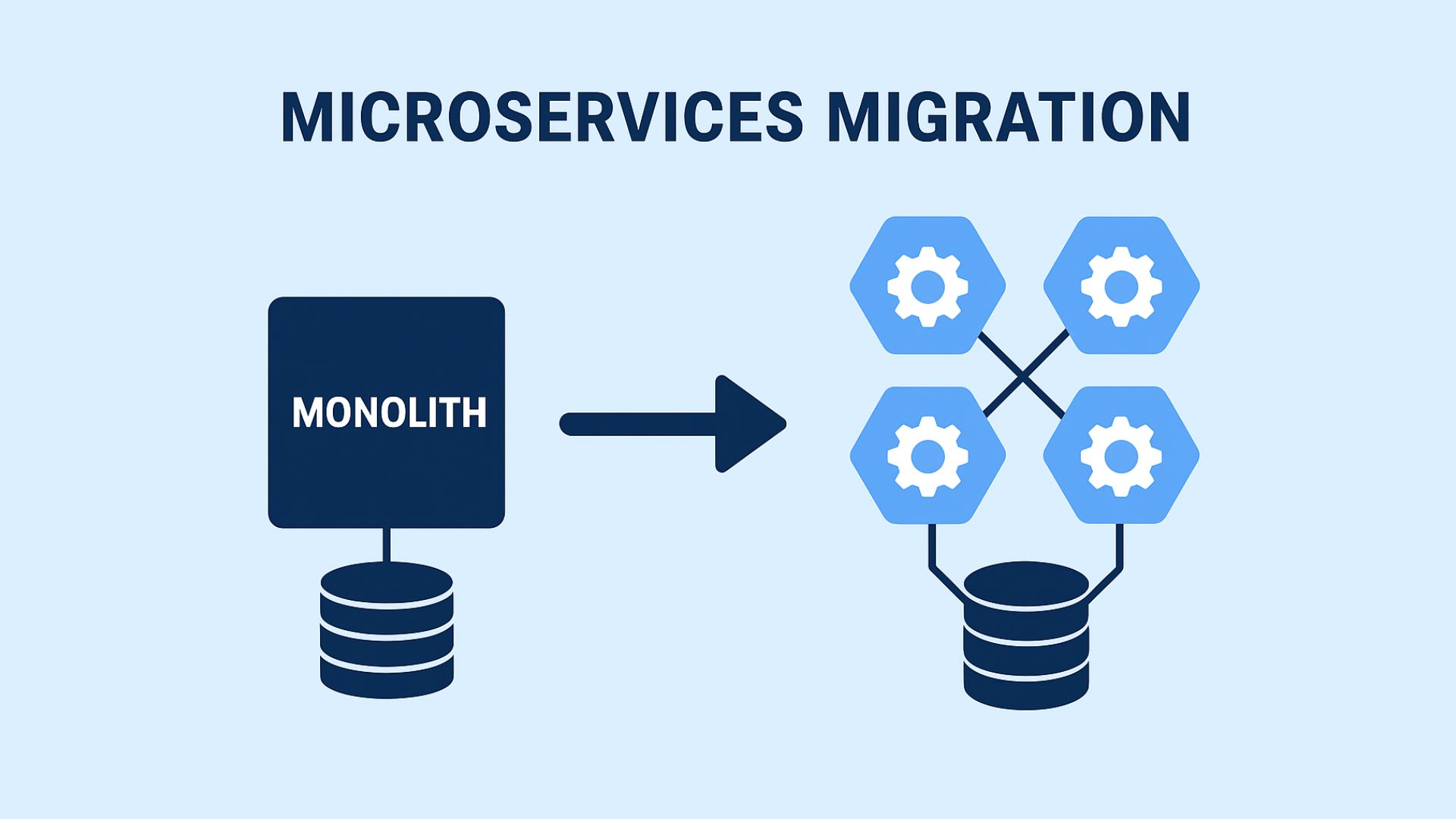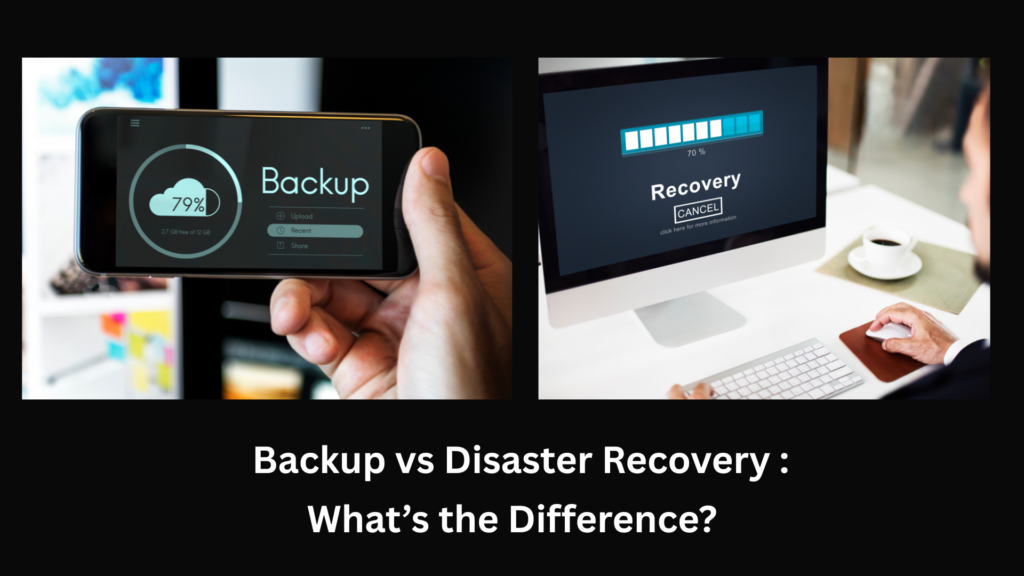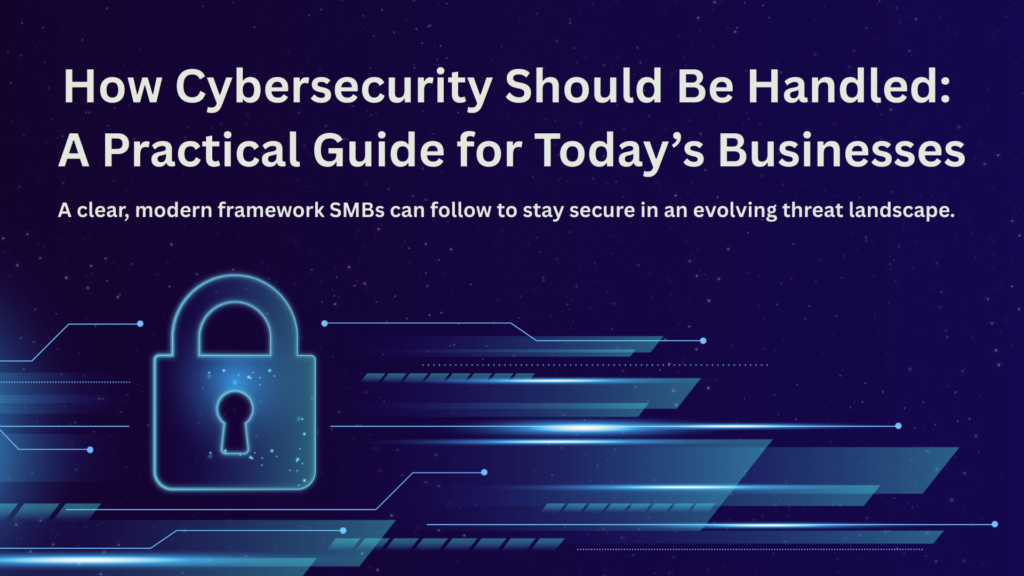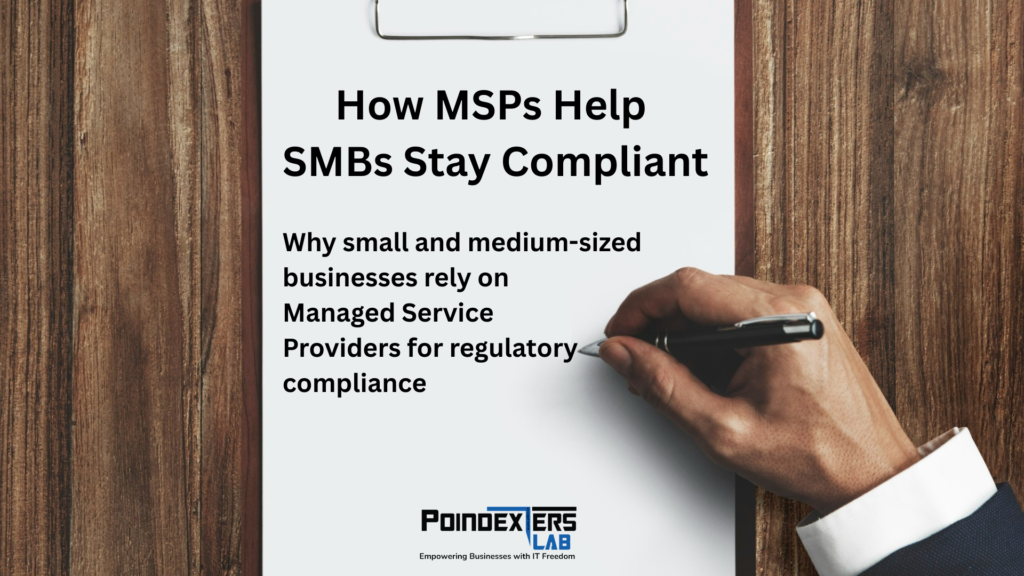Microservices Migration: Lessons Learned from Monolith to Cloud-Native
Poindexters Lab
August 20, 2025

In today’s fast-paced digital landscape, businesses are under increasing pressure to deliver applications faster, scale efficiently, and ensure high availability. Many organizations still run on monolithic architectures—where all components of an application are tightly coupled. While monoliths can work well in the early stages, they become difficult to manage as applications grow in complexity.
This is where microservices and cloud-native architectures come in. Migrating from a monolith to microservices isn’t just a technical shift—it’s a cultural, organizational, and operational transformation. Let’s explore some key lessons learned from organizations that have successfully navigated this journey.
1. Start Small with a Strangler Pattern
One of the biggest mistakes companies make is trying to rewrite the entire monolith at once. Instead, use the strangler pattern: gradually replacing pieces of the monolith with microservices. This reduces risk and allows teams to test and refine their approach without disrupting the entire system.
Lesson learned: Break the migration into small, manageable steps to minimize downtime and complexity.
2. Prioritize Business Value
Not all components of the monolith need to be migrated immediately. Identify the areas that deliver the highest business value or face the most performance bottlenecks. For example, if your payment system or customer portal needs to scale rapidly, focus on migrating those first.
Lesson learned: Always align your migration roadmap with business priorities, not just technical convenience.
3. Invest in Automation Early
Microservices introduce more moving parts—multiple services, APIs, databases, and deployment pipelines. Manual processes that worked in a monolith won’t scale here. Continuous Integration/Continuous Delivery (CI/CD), automated testing, and infrastructure as code (IaC) are non-negotiables.
Lesson learned: Automation isn’t optional; it’s essential for maintaining speed and reliability.
4. Rethink Data Management
In monoliths, data is often stored in a single, shared database. Microservices, however, work best with decentralized data—each service owning its own schema. This requires careful planning to avoid data duplication, inconsistency, or complex joins across services.
Lesson learned: Data migration is often the most challenging part of the process. Plan for it early and design services with clear ownership of their data.
5. Strengthen Observability and Monitoring
With multiple independent services running, it’s harder to track issues compared to a monolith. Logging, monitoring, and distributed tracing become critical to ensure smooth operation. Tools like Prometheus, Grafana, Jaeger, and ELK stack can provide visibility across services.
Lesson learned: Without proper observability, microservices can turn into a “distributed monolith” that’s even harder to manage.
6. Prepare Teams for Cultural Change
A shift to microservices isn’t just about technology—it’s also about people. Teams move from working on a single codebase to managing multiple services independently. This requires DevOps practices, cross-functional collaboration, and ownership of services.
Lesson learned: Invest in training, communication, and mindset shifts to ensure your teams are ready for cloud-native ways of working.
7. Security Must Be Built-In
Microservices increase the attack surface. Service-to-service communication, APIs, and containerized workloads all introduce security risks. Implement zero-trust principles, strong API gateways, identity management, and runtime security for containers.
Lesson learned: Don’t treat security as an afterthought—it must be integrated at every stage of migration.
Final Thoughts
Migrating from a monolith to microservices and cloud-native architecture is a journey filled with both challenges and opportunities. While the road isn’t easy, the benefits—scalability, agility, resilience, and faster innovation—are worth it.
By starting small, focusing on business value, investing in automation, and preparing teams for cultural change, IT leaders can ensure a smoother transition and avoid common pitfalls.
👉 Is your organization planning a migration? Learn from those who’ve done it before, and remember: microservices success lies in strategy, not speed.
Have Any Question?
Secure your digital future—get in touch with us today and move forward with confidence.
- (647) 800 4399
- [email protected]





